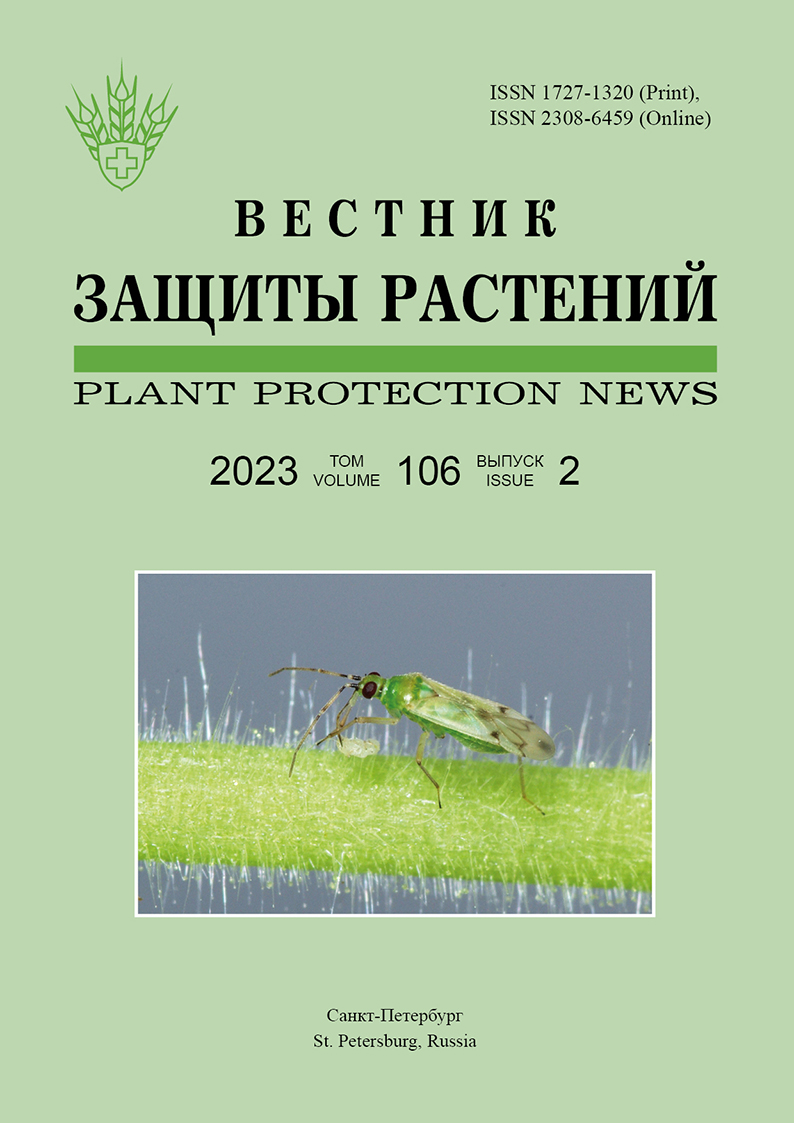Physical-chemical properties of fungicides applied for protection of cereals against diseases in Belarus
Keywords:
cereal crops, fungicides, lipophilicity, water solubility, mobility in plant, contact properties, polarityAbstract
Physical and chemical properties of fungicides applied for protection of cereals against diseases in Belarus and their mobility in plant tissues are analyzed. The main properties allowing to predict plant mobility of fungicides are water solubility, lipophilicity (partition coefficient – LogP), and dissociation constant (pKa). The higher partition coefficient in nonpolar molecules, the higher are their nonsystemic (contact) properties, and vice versa. For polar molecules, the lower dissociation constant, the higher their mobility in plants. Information of fungicides plant mobility allows to understand their action on pathological process. In nonsystemic (contact) molecules with high LogP have affinity to wax layer of cuticle. Therefore they have good protection (prevention) properties because of their ability to prevent spores germination. Molecules with acropetal properties have good curative action because of their mobility in xylem away from application site. Therefore they may prevent mycelium development after its penetration in plant tissues.



